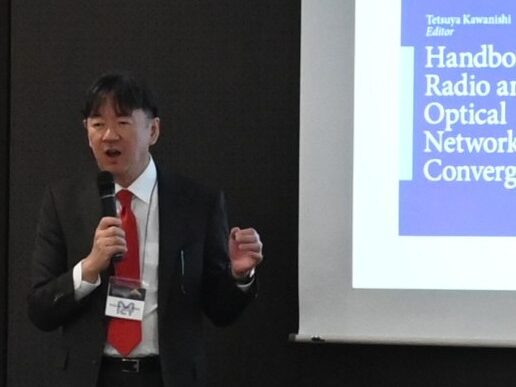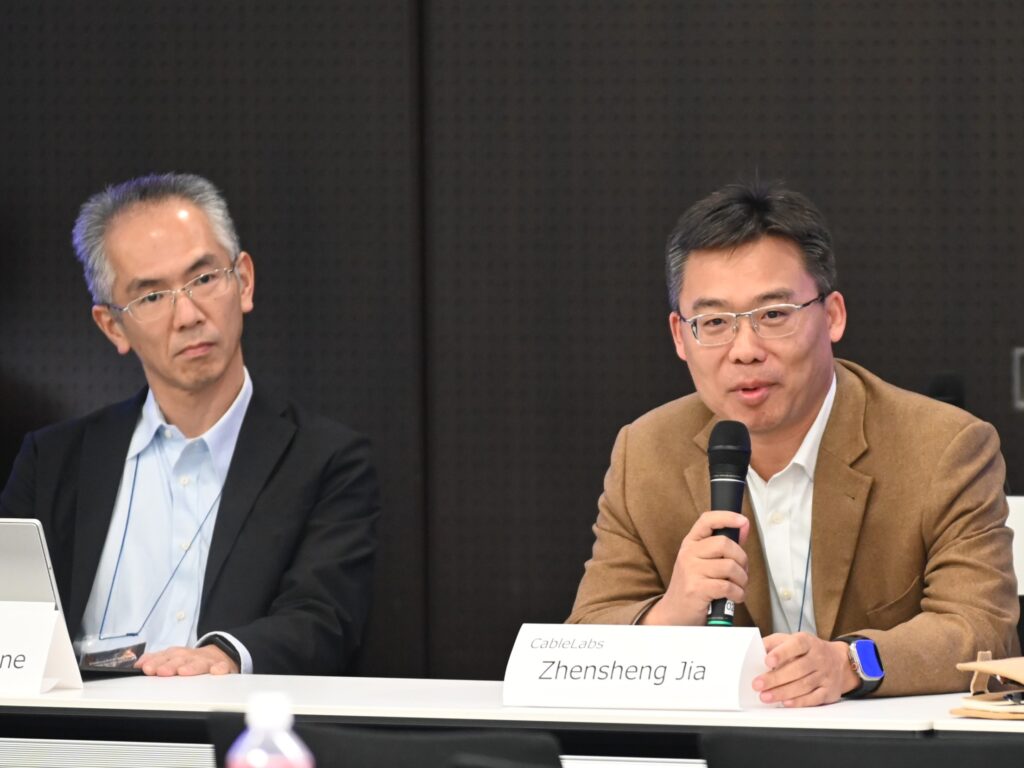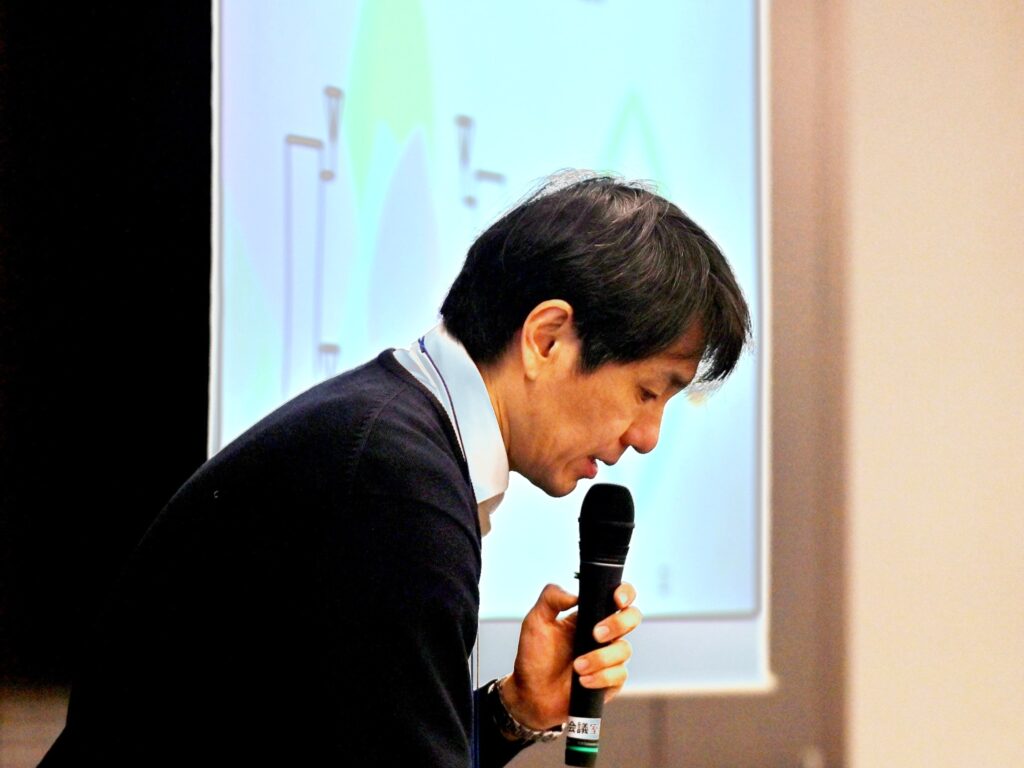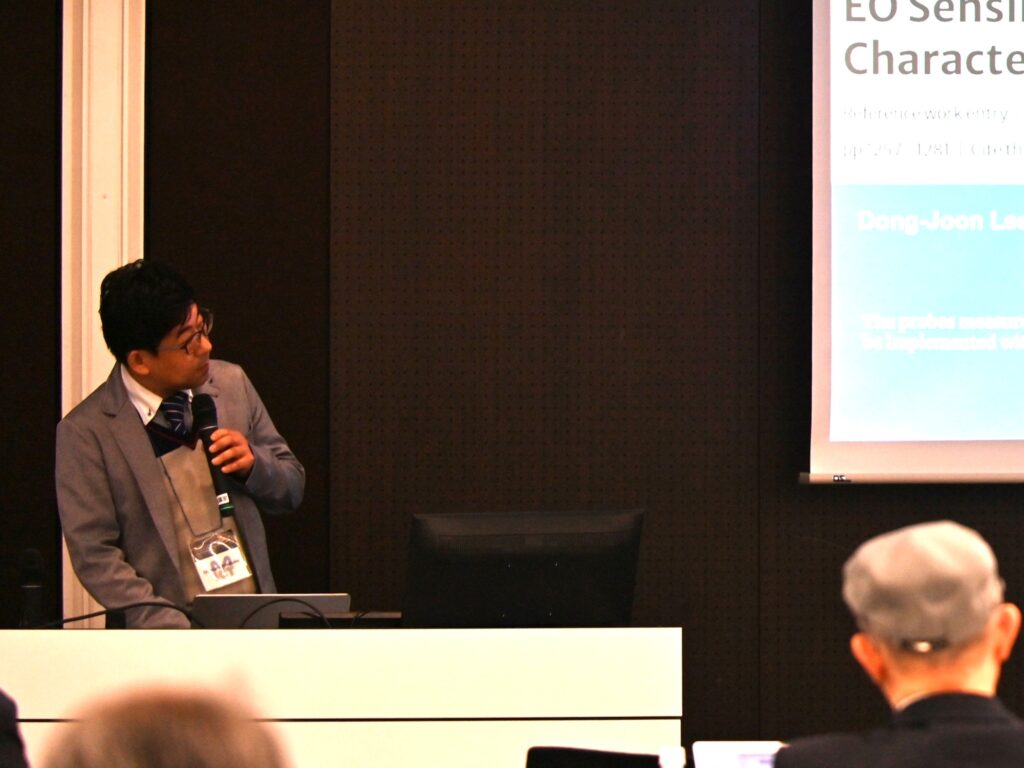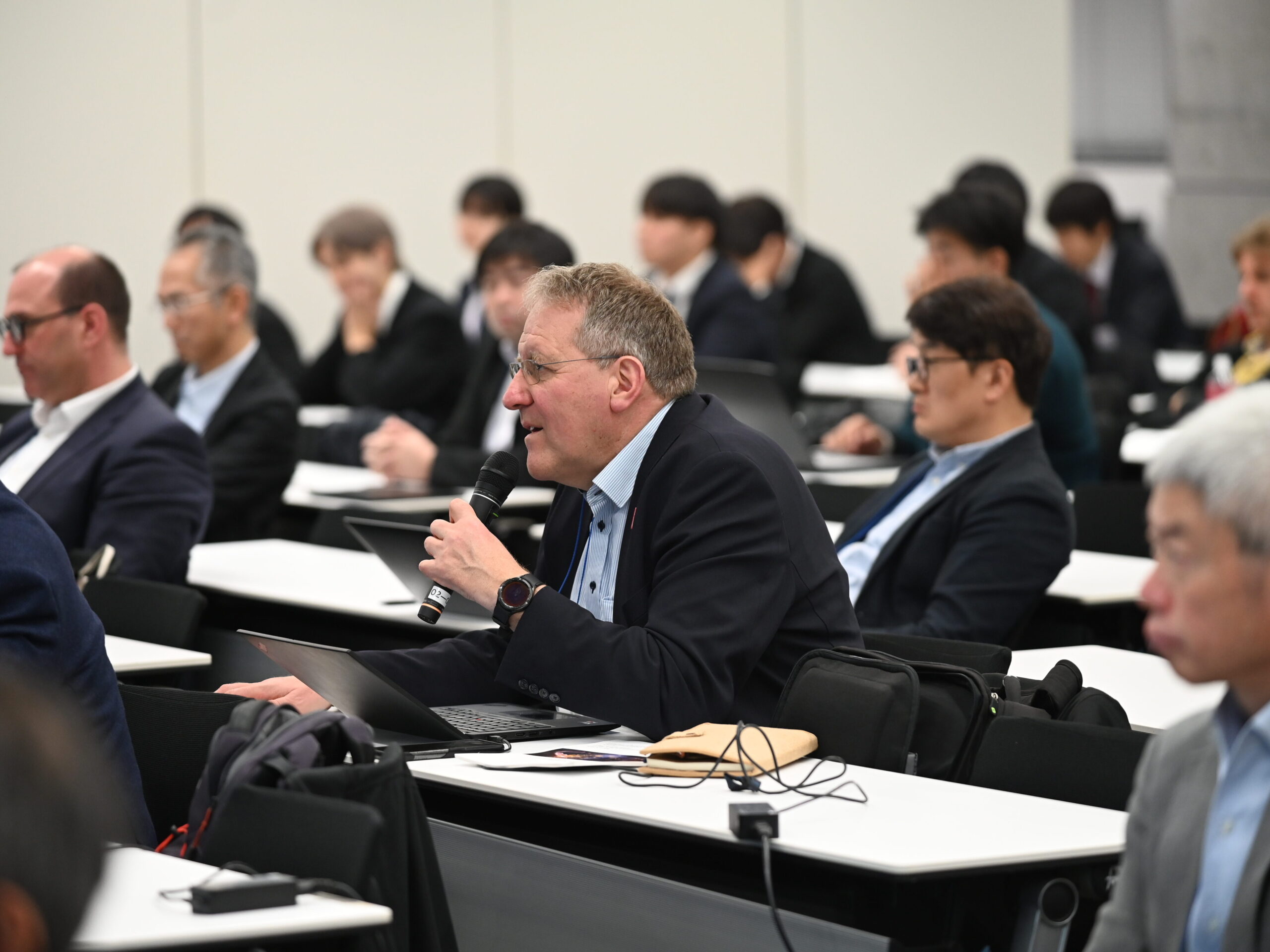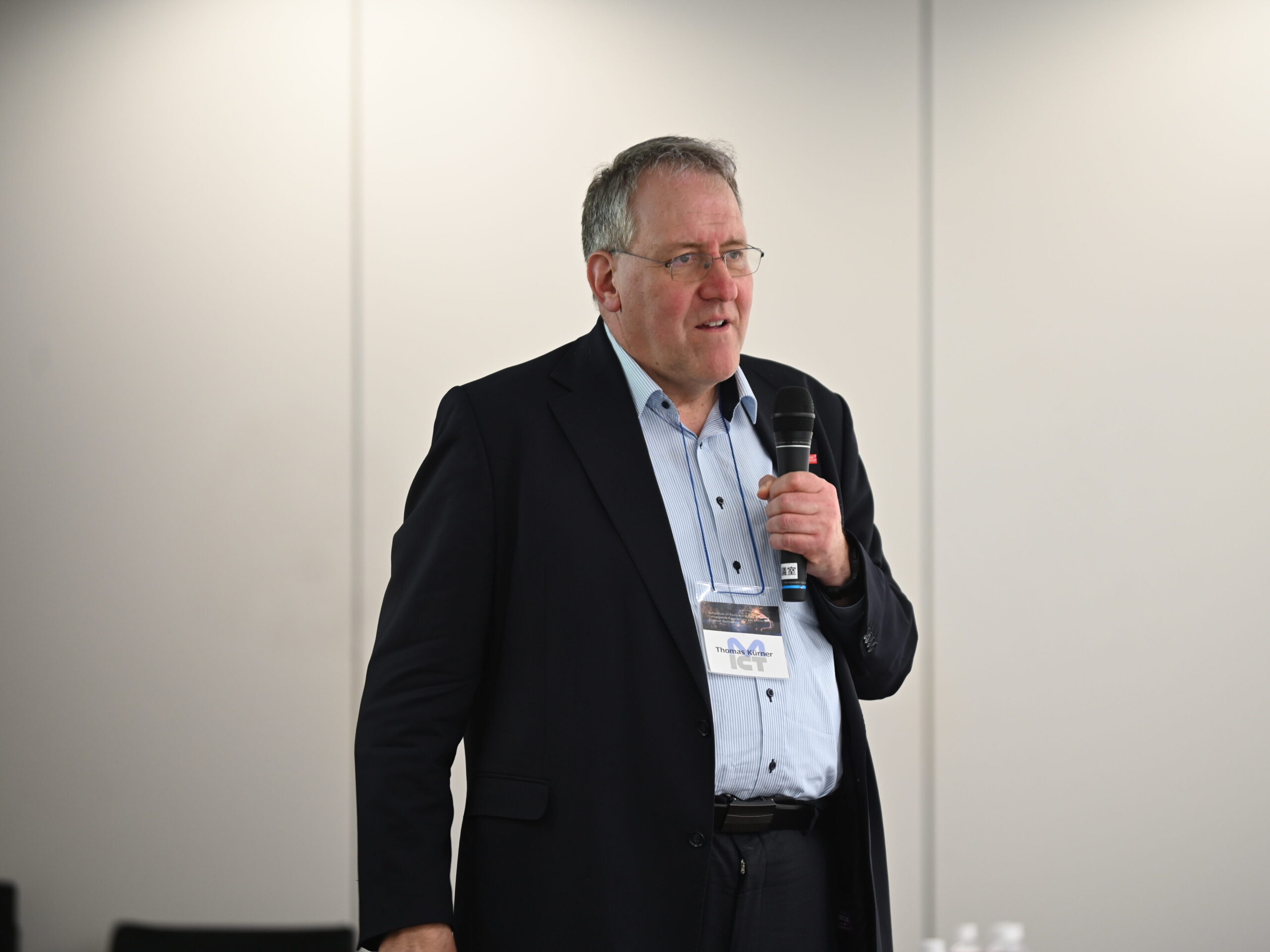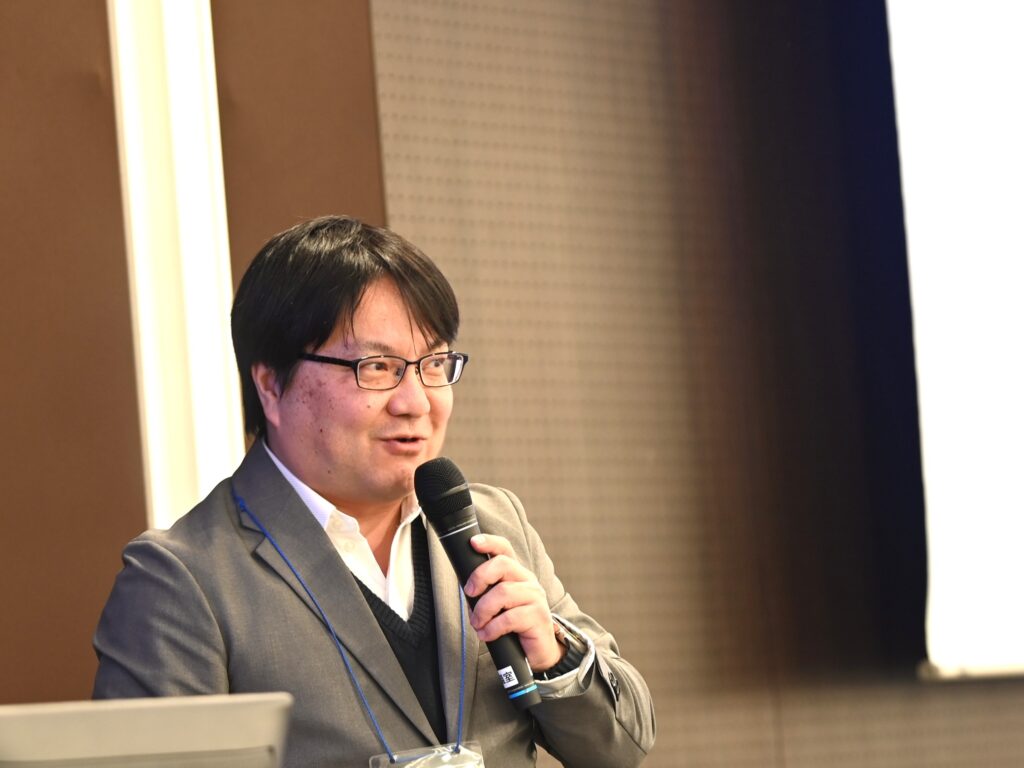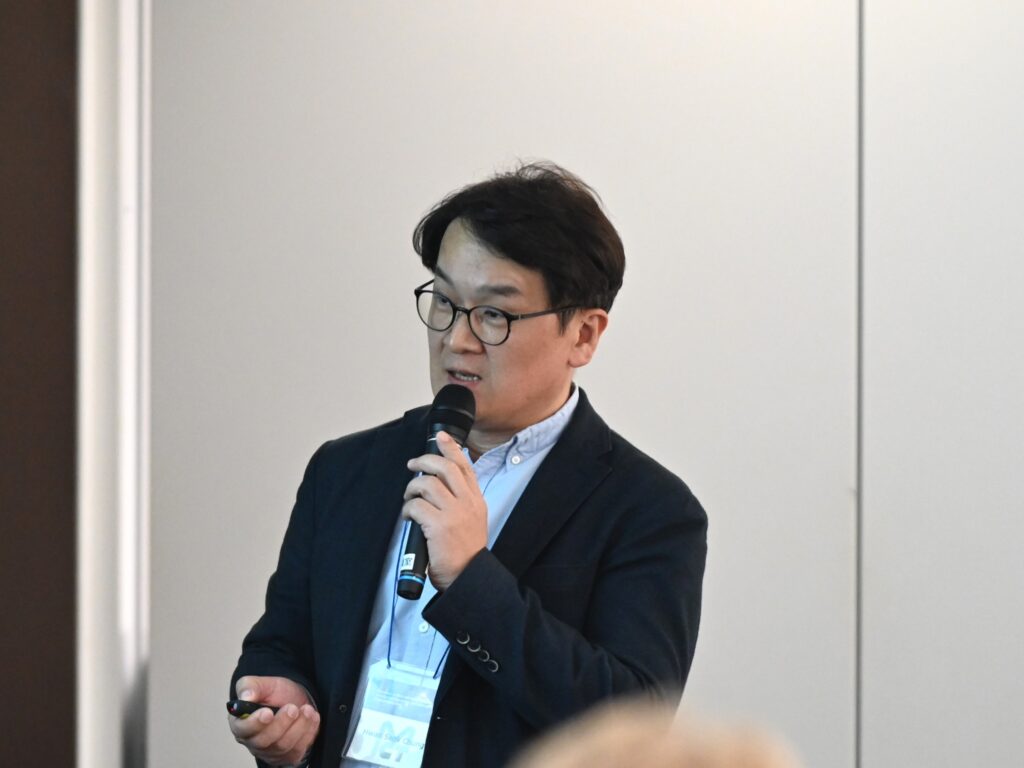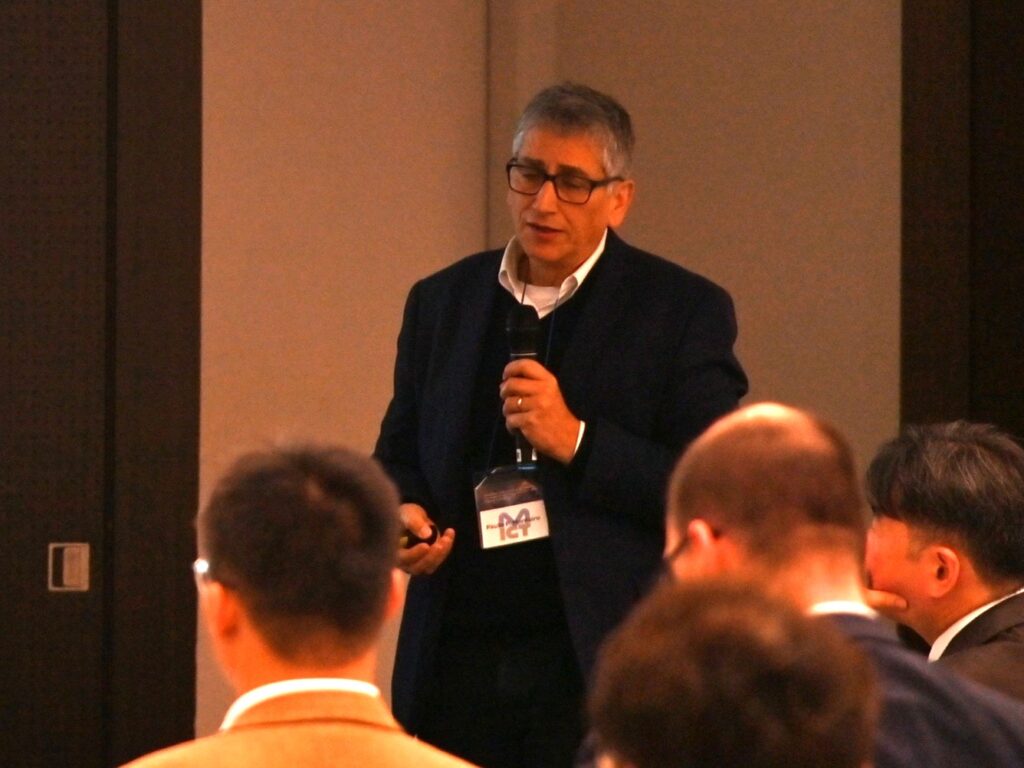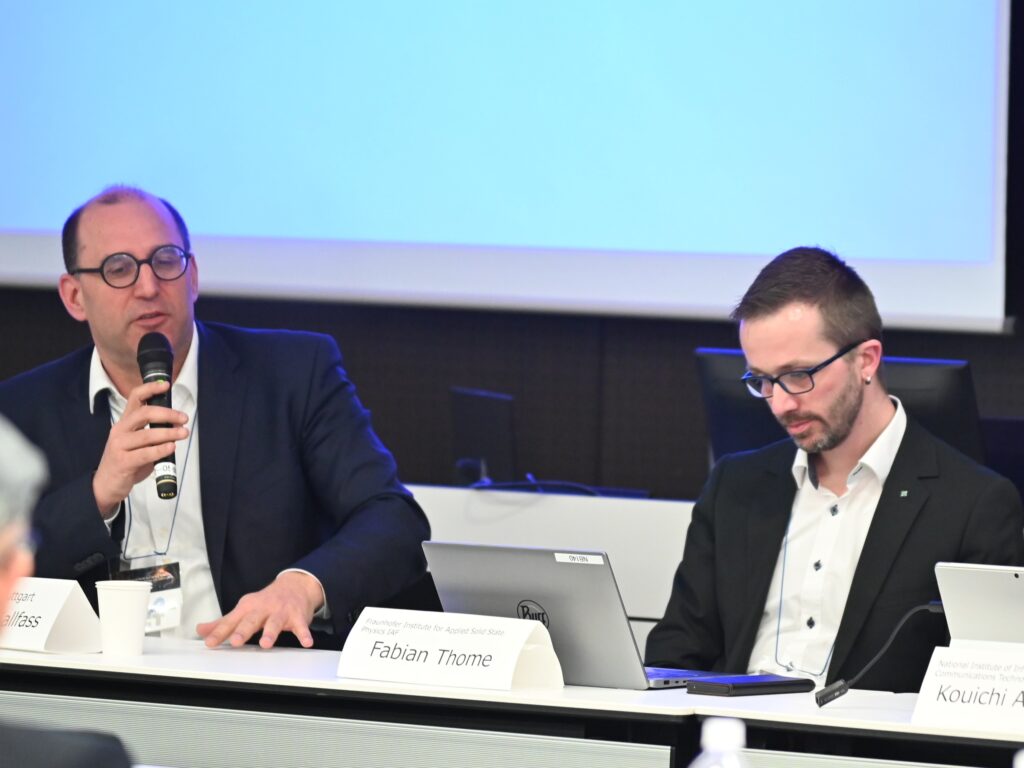Symposium Report: “Radio and Optical Networks Convergence: Expectations and Challenges in Practical Applications”
Date: Monday, March 3, 2025
Venue: Waseda University, Nishi-Waseda Campus (Shinjuku, Tokyo)
Format: Hybrid (On-site and Zoom)
Organizer: Institute of Radio Photonics for 6G Networks, Waseda University
Overview
On March 3, 2025, the symposium on “Radio and Optical Networks Convergence: Expectations and Challenges in Practical Applications” was held at Waseda University’s Nishi-Waseda Campus. The event brought together leading researchers and engineers to explore the integration of wireless and optical technologies—an area crucial for enabling seamless, high-speed data communication and advanced sensing capabilities in future networks.
Purpose of the Symposium
As modern society experiences a rapid increase in demand for high-speed, uninterrupted data connectivity and precision sensing technologies, the convergence of wireless and optical networks has emerged as a key area of innovation. This symposium served as a platform for discussing the latest advances and challenges in developing such integrated systems, aiming to accelerate their practical implementation in real-world applications.
Highlights
The symposium opened with remarks from Professor Kawanishi, who introduced the research project “Multi-physics Based System Design for Future ICT Networks”, conducted under the Adopting Sustainable Partnerships for Innovative Research Ecosystem (ASPIRE) supported by JST (Japan Science and Technology Agency). He also outlined the goals and vision of the symposium.
A central feature of the event was the participation of nine section editors of the Handbook of Radio and Optical Networks Convergence, published in late 2024. These distinguished researchers delivered in-depth presentations spanning foundational theories to the latest technological breakthroughs in the field.
Speakers
- Zhensheng Jia (CableLabs, USA)
- Ben Puttnam (Microsoft Azure Fiber, UK)
- Akihiko Hirata (Chiba Institute of Technology)
- Shintaro Hisatake (Gifu University)
- Hiroshi Murata(Mie University)
- Thomas Kürner (Technische Universität Braunschweig, Germany)
- Atsushi Kanno (Nagoya Institute of Technology)
- Hwan Seok Chung (Electronics and Telecommunications Research Institute (ETRI), South Korea)
- Paulo P. Monteiro (Institute of Telecommunications & University of Aveiro, Portugal)
Panel Discussion
A dynamic panel discussion followed, featuring both the symposium speakers and international researchers involved in the ASPIRE program. The session addressed key challenges to the societal deployment of integrated wireless-optical technologies, such as standardization, infrastructure development, and cost reduction. The discussion also emphasized the critical importance of international collaboration in advancing future communication networks.
Additionally, panelists shared valuable insights and career advice for students and early-career researchers, drawing from their diverse global experiences.
Moderator: Tetsuya Kawanishi (Waseda University)
Panelists:
- Ingmar Kallfass (University of Stuttgart)
- Fabian Thome (Fraunhofer Institute for Applied Solid State Physics IAF)
- Kouichi Akahane (National Institute of Information and Communications Technology (NICT))
- Zhensheng Jia(CableLabs, USA)
- Thomas Kürner(Technische Universität Braunschweig)
Future Outlook
Building on the knowledge and perspectives shared during the symposium, further acceleration of R&D efforts in wireless-optical network integration is anticipated. Continued collaboration between academia and industry will be essential to foster innovation and promote successful real-world implementation of these technologies.
This symposium was supported by the Japan Science and Technology Agency (JST) under the Adopting Sustainable Partnerships for Innovative Research Ecosystem (ASPIRE).
